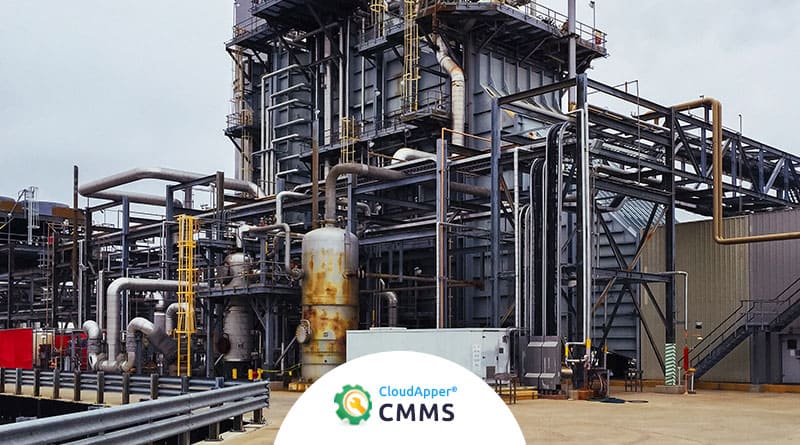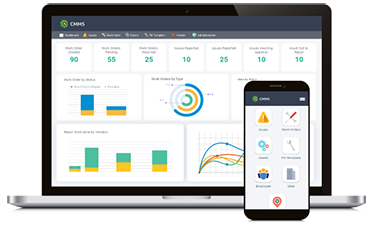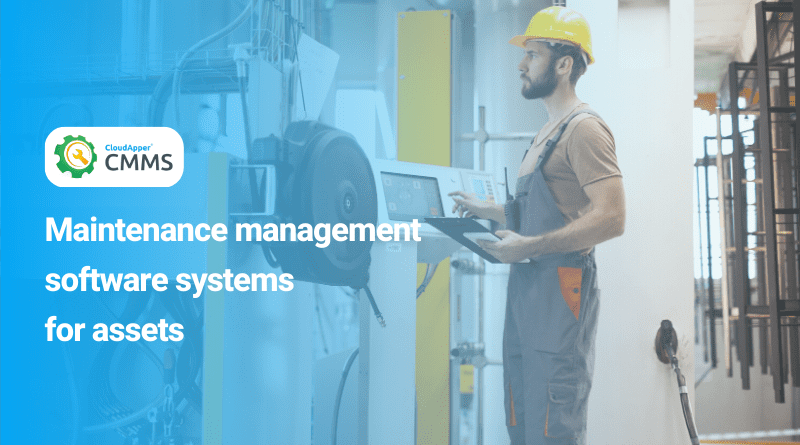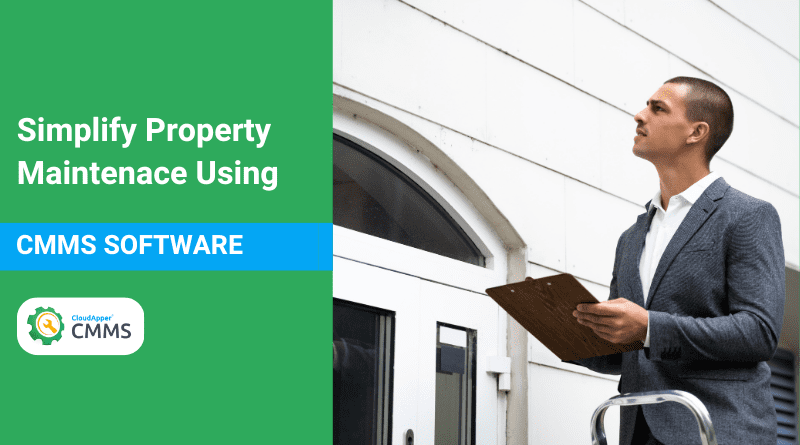Table of Contents
Virtually all organizations are becoming increasingly reliant on equipment. Smaller businesses and startups are beginning to use machinery for daily operations; however, more prominent organizations, such as those used in manufacturing, construction, and energy, rely more on heavy, complex, and expensive pieces of machinery. Since these machines are crucial for operations and production, they need to perform consistently, reliably, and with minimal downtime; preventive maintenance plans help with this.
While preventive maintenance reduces unplanned downtime, improves asset reliability, and extends the asset’s life, it largely depends on how the plan is implemented. Maintenance managers and organizations need to steer clear of making mistakes with their preventive maintenance plans; here are some of the most common ones to avoid.
Top three mistakes organizations make with their preventive maintenance plans
Poor spare parts and inventory management
While this isn’t the single most prominent mistake organizations make with preventive maintenance, it’s still a common error. Organizations that start with preventative maintenance plans might get too heavily involved with scheduling maintenance tasks, which can lead them to overlook spare parts and inventory management. However, the latter is required to complete the former. Scheduled maintenance activities require spare parts, lubricants, cleaning equipment, etc. If these are not available in due time, maintenance will be delayed, making it ineffective.
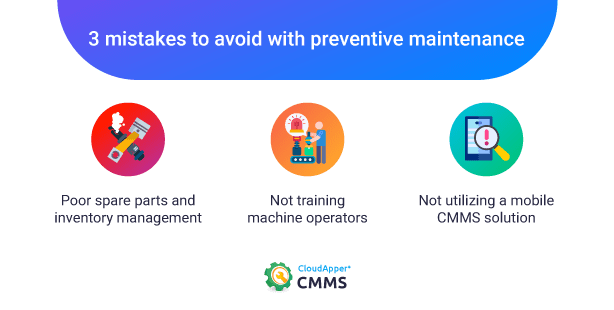
Hence, organizations need to pay particular attention to all aspects of preventive maintenance and not just the maintenance tasks. All elements of preventative maintenance are interconnected and work towards making the equipment more reliable while reducing unexpected equipment breakdown. However, spare parts and inventory management are just as important as scheduling maintenance tasks, as they are prerequisites for completing many, if not all, maintenance tasks.
Not training machine operators
A common mistake in preventive maintenance plans is that they focus on educating and training only the maintenance team members. While a maintenance team’s primary responsibility is to ensure maintenance management, the organization shouldn’t focus all of its resources on maintenance team training alone. For instance, the maintenance team may complete all of its tasks successfully, completing work orders, inspecting equipment, repairing equipment when necessary, and the like. However, equipment problems could continue to occur regularly because some operators might not be handling the machine properly or may not know that the equipment is showing signs of a future malfunction.
An effective preventive maintenance plan needs to include both maintenance teams and machine operators, especially since the latter deal with equipment all the time. Via training and proper education, machine operators can identify problems before they become severe and report them. Meanwhile, knowing how to operate the machinery properly may help prevent mistakes, and the operators should hence be updated with the latest practices on how to care for the equipment.
By making machine operators a part of maintenance management, the organization can boost their maintenance efforts as the equipment is being cared for by everyone responsible for it.
Not utilizing a mobile CMMS solution
A common mistake organizations make with their preventive maintenance plans is choosing obsolete maintenance management systems that don’t ensure effective maintenance management on the go. While these maintenance management systems have been around for years, they can restrict the movement of maintenance staff members. For example, maintenance technicians might need to return to their stations to update tasks, receive new work orders, and provide feedback.
Responsible organizations, however, have moved to contemporary CMMS software solutions that ensure maintenance management on the go. CloudApper CMMS, for instance, ensures that the organization can carry out maintenance tasks and activities with the help of smartphones and tablets. Maintenance managers can assign work orders, view work requests, see critical work orders, monitor technician movements, and more directly from their smartphones!
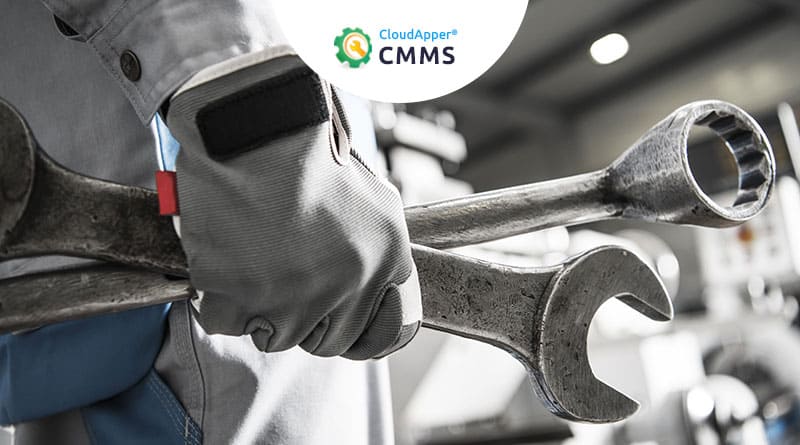
CloudApper CMMS ensures equipment management, maintenance scheduling, inventory and spare parts management, technician management, work order and request management, and more. However, maintenance managers can also customize the solution to perfectly fit their business practices since the tool is built with CloudApper, a no-code enterprise app development platform.
All of this, and more, is available for only $10 per user per month, making it one of the most affordable and robust CMMS solutions available.
What is CloudApper AI Platform?
CloudApper AI is an advanced platform that enables organizations to integrate AI into their existing enterprise systems effortlessly, without the need for technical expertise, costly development, or upgrading the underlying infrastructure. By transforming legacy systems into AI-capable solutions, CloudApper allows companies to harness the power of Generative AI quickly and efficiently. This approach has been successfully implemented with leading systems like UKG, Workday, Oracle, Paradox, Amazon AWS Bedrock and can be applied across various industries, helping businesses enhance productivity, automate processes, and gain deeper insights without the usual complexities. With CloudApper AI, you can start experiencing the transformative benefits of AI today. Learn More
